North Brother Island is 8 hectares wide, before 1885, this place was completely uninhabited, until 1885, when Riversida Hospital was built to become a quarantine center and isolation of smallpox patients, North Brother was officially inhabited.
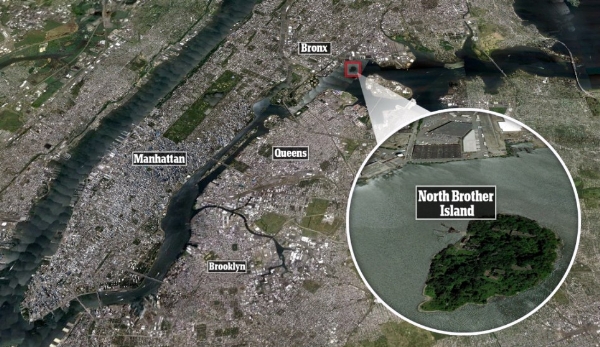
Riverside Hospital then became a place to treat patients with infectious diseases, not just smallpox. By 1930, large and modern hospitals had been built in many places in New York City, and infectious diseases were no longer widespread, the number of people who had to be quarantined gradually decreased, causing the island to be gradually abandoned.
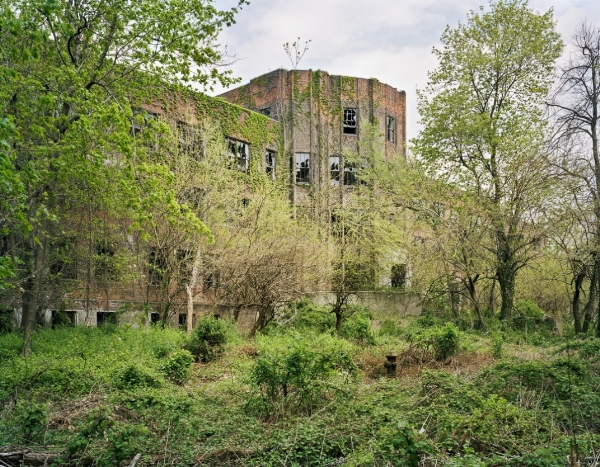
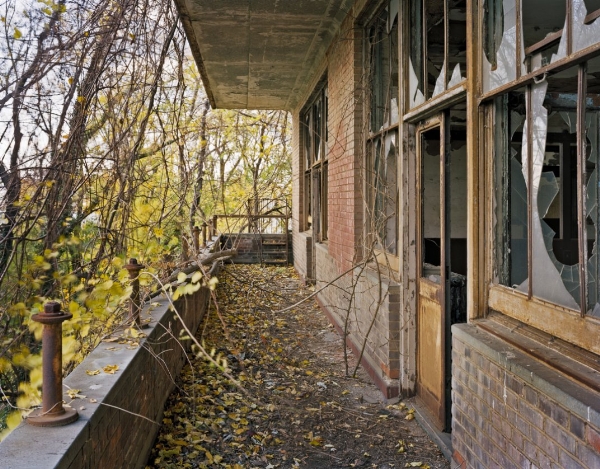
By 1940, the buildings on North Brother Island were converted to house veterans and their families, but due to the difficulty of access (having to take a ferry to the mainland) and the lack of basic necessities, they gradually moved elsewhere. It then went on to become a drug rehabilitation center. However, by 1963, when the last doctors and patients left, it had become a deserted island.
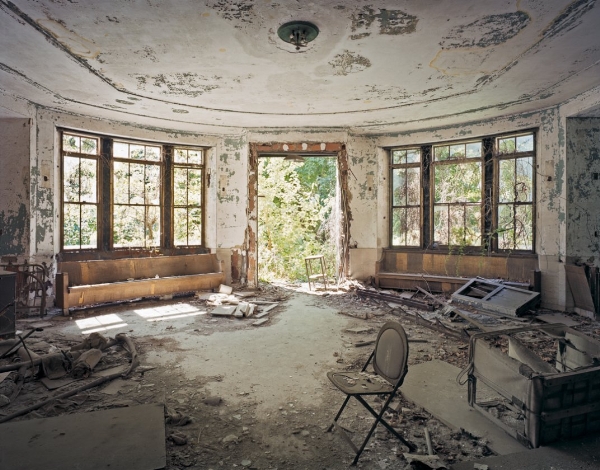

During its brief period of inhabitation, North Brother's primary inhabitants were largely patients, people isolated from society. Perhaps the island's most famous resident was "Typhoid Mary", the woman responsible for one of the strangest stories in medical history.

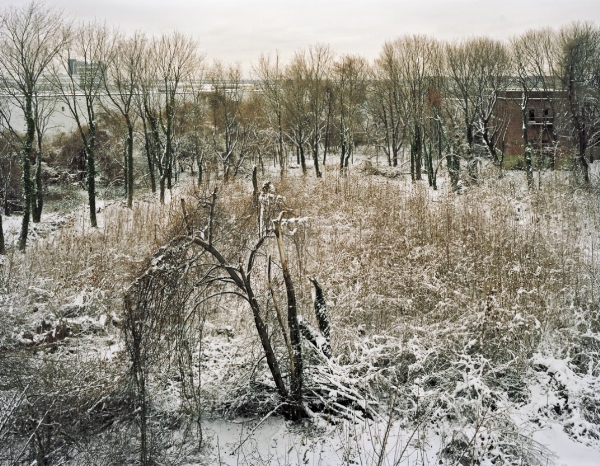
Today, all that remains of the island is covered in nature and heavily degraded. Vines cover the structures, dust and debris are everywhere. North Brother is one of the world's most famous ghost islands.
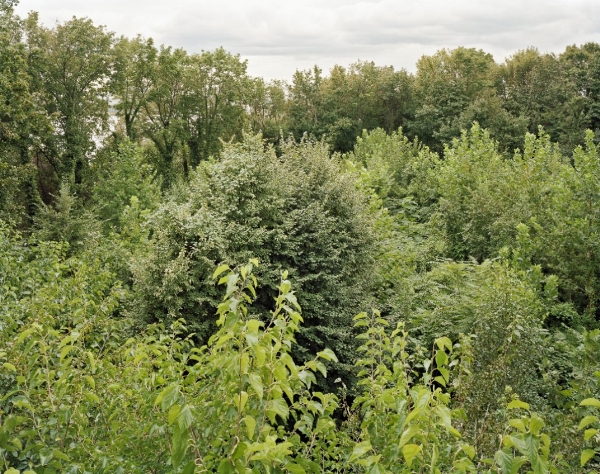
Trees covered the entire island.
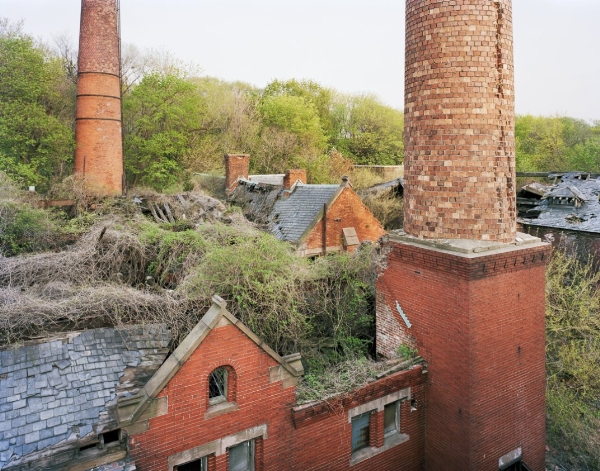
The buildings here also became dilapidated.
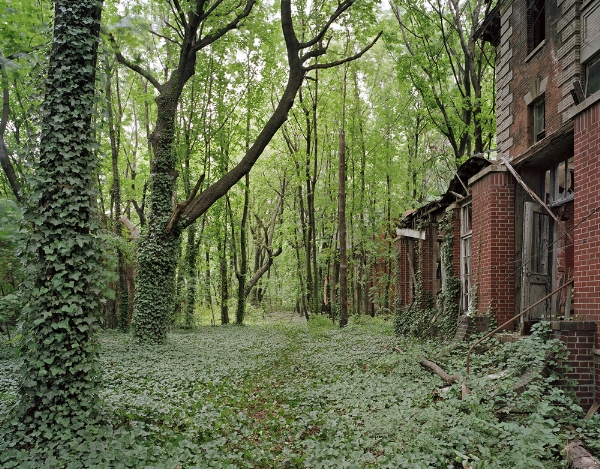
Green grass and vines dominate everywhere.

A house has become dilapidated.
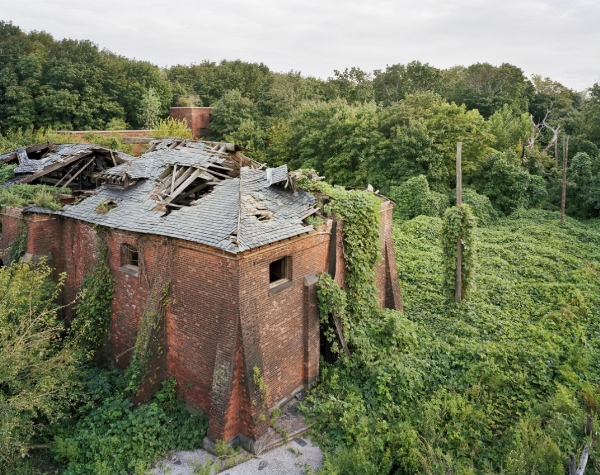
The winter scene makes this place even more desolate.


































